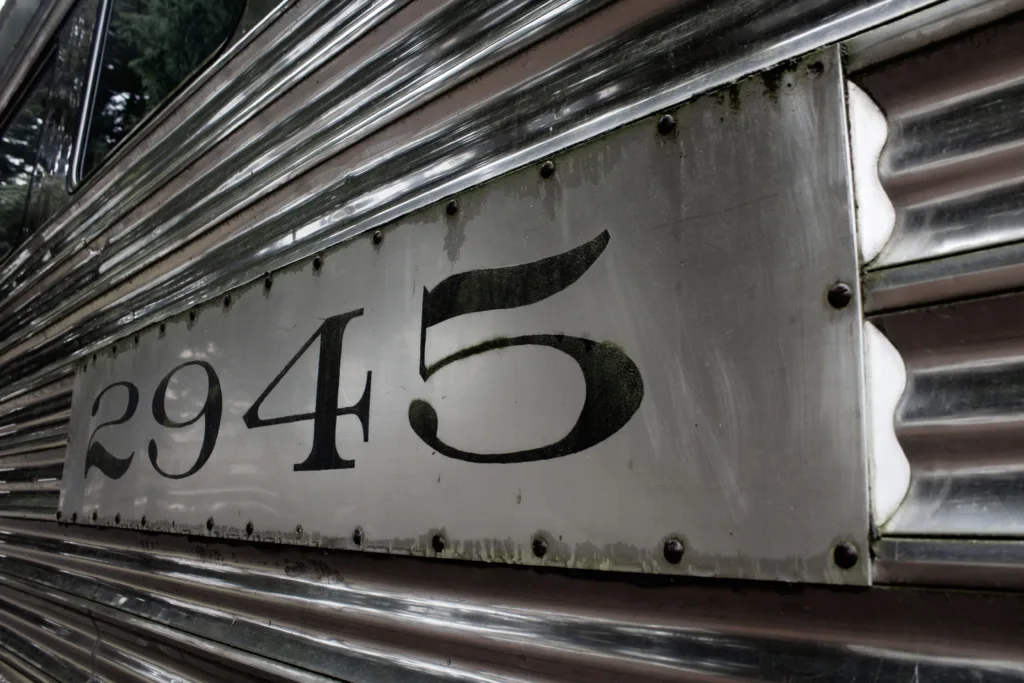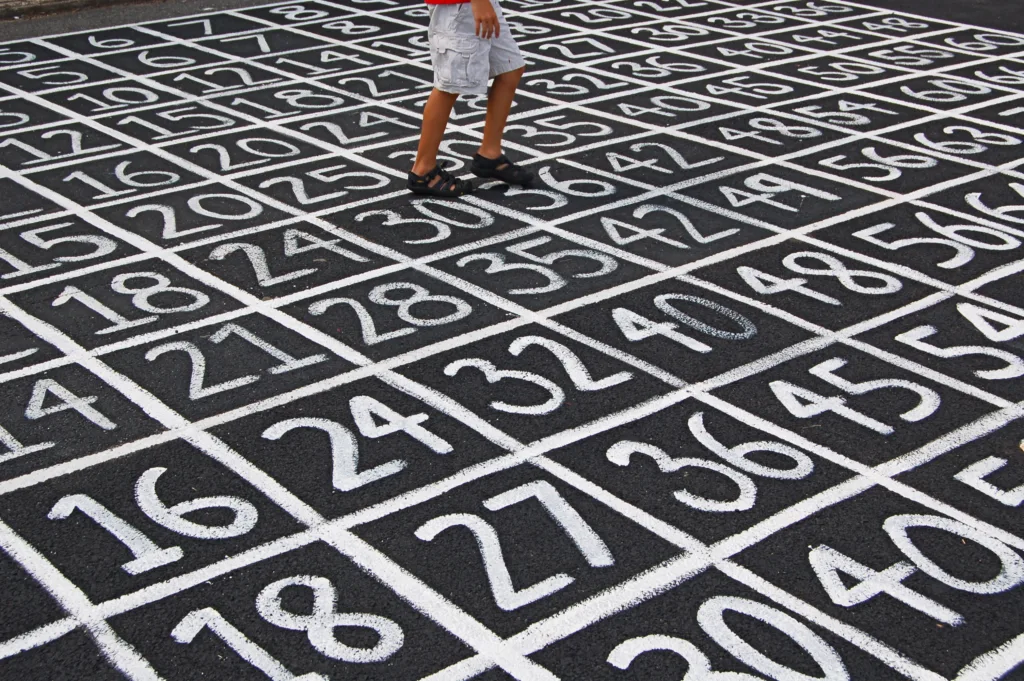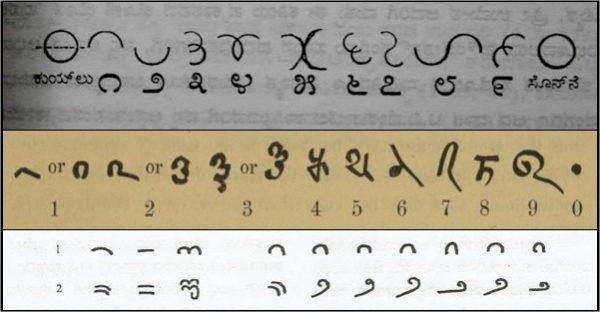Arabic numerals are the most commonly used numeral system in the world. They are used to represent numbers in a variety of contexts, including mathematics, science, finance, and everyday life. The Arabic numeral system consists of ten digits, from 0 to 9, and is based on a positional notation system, which means that the value of a digit depends on its position in the number.
The history of Arabic numerals can be traced back to the Indian subcontinent, where they were developed by Indian mathematicians in the 5th century. From there, they spread to the Arab world and were further developed and refined by Arab scholars during the 9th and 10th centuries. It was during this time that the numerals were introduced to Europe, where they gradually replaced the Roman numeral system.
Today, Arabic numerals are used almost everywhere in the world, with a few exceptions. In some countries, such as China and Japan, traditional numeral systems are stil used alongside Arabic numerals. For example, in Japan, both Arabic numerals and Chinese numerals (which are based on the Chinese writing system) are used, depending on the context.
Despite some variations in usage, Arabic numerals are the most widely recognized and used numeral system in the world. They are used in everything from phone numbers and street addresses to scientific notation and financial statements. In fact, it is difficult to imagine modern life without the convenience and versatility of Arabic numerals.
The whole world does not use Arabic numerals exclusively, but they are the most commonly used numeral system globally. Their widespread adoption is a testament to their practicality, versatility, and ease of use. Whether you are counting your change at the grocery store or performing complex calculations in a laboratory, Arabic numerals are an essential part of our daily lives.
Are Arabic Numerals Used Globally?
Arabic numerals are used worldwide as the most common numeral system. They are used in almost all countries and regions, for various purposes such as counting, measuring, and expressing mathematical equations. The Arabic numeral system consists of ten digits from 0 to 9, and it is based on the concept of place value, where the position of each digit determines its value. This system was introduced to Europe in the 12th century and gradually spread throughout the world due to its simplicity and efficiency. Today, Arabic numerals are used universally in various fields such as science, commerce, and finance, and they have bcome an essential part of modern life.

Does Japan Use Arabic Numerals?
Japan uses Arabic numerals. Arabic numerals are commonly used in Japan for writing numbers in horizontal writing, such as in printed materials and digital displays. These numerals are based on the Hindu-Arabic numeral system, which uses ten digits (0-9) to represent numbers. Arabic numerals are also used for writing dates, phone numbers, and prices in Japan. However, in vertical writing, such as in traditional Japanese books or calligraphy, Chinese numerals are more commonly used. These numerals are based on the Chinese character system and are written vertically from top to bottom.
The Use of Arabic Numerals
Arabic numerals, also known as Hindu-Arabic numerals, are used in a wide range of applications and contexts. The most common use of Arabic numerals is for writing decimal numbers, which are used in everyday life for counting, measuring, and calculating quantities. They are also used in various mathematical operations, including addition, subtraction, multiplication, and division.
Arabic numerals are not limited to decimal systems; they are also used in oter number systems, such as binary, octal, and hexadecimal, which are commonly used in computer programming and digital electronics. Additionally, Arabic numerals are used for representing dates, time, and chronological order in calendars, clocks, and timelines.
Beyond numerical applications, Arabic numerals are used as symbols for identifying and labeling objects, such as license plates, product codes, and trademarks. They are also used in typography and graphic design as stylized elements in logos, signage, and advertising.
Arabic numerals are used in a vast array of contexts, including mathematics, computer programming, calendars, timekeeping, labeling, and graphic design. Their versatility and simplicity have made them a ubiquitous and essential element of modern communication and technology.
Does English Use Arabic Numerals?
English uses Arabic numbers. Arabic numerals are the numbers that English speakers use in their daily lives. These numbers were developed in the Maghreb region during the 10th century and were introduced to Europe by Arab scholars in Al-Andalus, which is now modern-day Andalusia in Spain. These numerals are called Arabic numerals because they were developed by Arab mathematicians. The Arabic numerals consist of ten digits, including zero (0), one (1), two (2), three (3), four (4), five (5), six (6), seven (7), eight (8), and nine (9). These numbers are used in a variety of contexts, including mathematics, science, finance, and everyday life.
Do Chinese Use Arabic Numbers?
Chinese uses Arabic numbers in modern times. The Arabic numeral system was introduced to China by the Europeans in the early 17th century, and it has been widely adopted in China since then. Arabic numerals are used in daily life for counting, measuring, and calculating, and they are also used in various fields such as science, technology, and finance. However, the Chinese character-based number systems are sill in use for certain purposes, such as writing checks, invoicing, and official documents. while Chinese still uses its traditional character-based number systems, the Arabic numeral system is the predominant system used in modern times.

Do Arabs Utilize Indian Numerals?
Arabs use Indian numbers, also known as Hindu-Arabic numerals. These numbers include the digits 0-9, whch are used to represent all numbers in the decimal system. The use of these numerals in the Arab world dates back to the 9th century when Arab mathematicians and scholars learned about the system from Indian mathematicians. They then adopted and further developed the system, which eventually spread to Europe through Arab traders and scholars. Today, Arab countries use the same numerals as most other countries in the world, and they are commonly referred to as Arabic numerals, though Arabs themselves refer to them as Indian numerals.
The Unlucky Significance of the Number Four in Japanese Culture
In Japanese culture, the number 4 is considered unlucky because it can be pronounced as “shi”, which is the same pronunciation as the word for death. As a result, many Japanese people associate the number 4 with death and bad luck. This superstition is reflected in various aspects of Japanese society, including the design of buildings, hospitals, and hotels. For example, some hospitals and hotels may omit the number 4 from their room or floor numbers, while others may skip the fourth floor altogether. Additionally, the number 43 is oten avoided in hospital maternity wards because it can be interpreted as “stillbirth”. the number 4 is deeply ingrained in Japanese culture as a symbol of misfortune and is treated with caution and respect.
Why Arabs Do Not Use Arabic Numerals
Arabs actually do use Arabic numerals, whih are also known as Hindu-Arabic numerals. The confusion arises because these numerals were not invented by the Arabs, but rather by Indian mathematicians. They were introduced to the Arab world through trade and scholarship, and eventually spread to Europe through the Islamic world.
The term “Arabic numerals” is actually a misnomer, as it implies that the numerals were developed by the Arabs. In reality, the numerals are a joint invention of Indian and Arabic scholars. The numerals were first used in India around the 6th century, and were later adopted by Arab mathematicians in the 8th century.
The use of Arabic numerals became widespread in Europe in the 13th century, when Leonardo of Pisa (also known as Fibonacci) introduced the system to the Western world. The numerals quickly replaced the Roman numeral system, which was cumbersome and inefficient for mathematical calculations.
Arabs do use Arabic numerals, but the numerals themselves were not invented by the Arabs. Rather, they were developed by Indian mathematicians and introduced to the Arab world through trade and scholarship. The term “Arabic numerals” is a misnomer that refers to the historical role that Arab scholars played in the dissemination of the numerals to the Western world.
The Adoption of Arabic Numerals by Asians
Asians use Arabic numerals because they are the standard numeric system used in most parts of the world today. These numerals were originally developed by mathematicians in India and later spread to the Arab world, where they were further developed and widely used in commerce and trade. Arab merchants then introduced thse numerals to Europe, where they gradually replaced the previously used Roman numerals. In Asia, Arabic numerals have been adopted as the standard numeric system due to their simplicity, ease of use, and compatibility with modern technology. Today, Arabic numerals are used in almost all countries around the world, including Asia, and are an essential part of everyday life, from basic arithmetic to advanced mathematics and scientific research.

Source: myindiamyglory.com
The Popularity of Arabic Numerals
Arabic numerals, which consist of the digits 0-9, are used by a majority of countries worldwide as a standard numeral system for counting and performing mathematical operations. This is because the Arabic numeral system is highly efficient and easy to use. It is a positional notation system, meaning that the value of a digit depends on its position in a number. For example, in the number 123, the digit 1 represents 100, the digit 2 represents 20, and the digit 3 represents 3. This system makes it easy to represent large numbers and perform complex mathematical operations.
The origins of the Arabic numeral system can be traced back to ancient India, where it was developed around the 6th century AD. The system was later adopted and refined by Arabic mathematicians in the 9th century AD, and it was from these scholars that European mathematicians first learned of the system in the 10th century AD. The widespread use of Arabic numerals in Europe and the Americas can be attributed to the fact that they were introduced to these regions by Arabic-speaking traders and scholars during the Middle Ages.
Today, the use of Arabic numerals is so widespread that it is difficult to imagine any other numeral system being used. They are used in everything from basic arithmetic to complex scientific calculations, and they play a vital role in fields such as finance, engineering, and computer science. Overall, the efficiency and versatility of the Arabic numeral system make it an indispensable tool for anyone who nees to work with numbers on a regular basis.
Does Korea Use Arabic Numerals?
Korea uses Arabic numerals. While traditionally numbers were written out in 한글 or 한자, the use of Arabic numerals has become increasingly common in modern times. Most Koreans today are comfortable using Arabic numerals in everyday life, whether it be for writing out prices, phone numbers, or dates. It is worth noting, however, that certain contexts may still require the use of traditional Korean numeral systems, such as for formal documents or historical texts.
The Replacement of Roman Numerals with Arabic Numerals
Arabic numerals, which are also known as Hindu-Arabic numerals, replaced Roman numerals because they are more efficient and versatile. Roman numerals were useful for simple calculations, but they were not suitable for more complex math, trade, or science. The Hindu-Arabic system introduced the use of zero and the positional notation system, which made it easier to perform calculations with larger numbers. The introduction of tese new concepts in mathematics made it easier to undertake complex math problems and develop new scientific discoveries. As a result, the Hindu-Arabic system became widely adopted and replaced the Roman numerals in most parts of the world.
The Significance of the Number Seven in Arab Culture
Arabs use the number 7 in words because some Arabic letters do not have an exact equivalent in English or other Latin-based languages. As such, Arabic speakers use the numerals to represent those letters. For instance, the letter “ح” (Haa) has no exact equivalent in English, and so is represented by the numeral 7. Similarly, the letter “ع” (Ayn) is represented by the numeral 3, and the letter “ص” (Sad) is represented by the numeral 9. This system of usig numerals to represent Arabic letters is known as the Arabic chat alphabet or Arabizi, and it is commonly used in informal communication such as text messages and social media. The use of numerals in this way allows Arabic speakers to communicate more easily and efficiently in Latin-based languages.

The History of Numerals Before Arabic Numerals in English
Before the widespread adoption of the Hindu-Arabic numeral system, which is the numbering system we use today, the English, and many other Europeans, used Roman numerals to perform arithmetic. This system was based on a set of letters, such as I, V, X, L, C, D, and M, which represented different values. While Roman numerals were ueful for indicating order and sequence, they were cumbersome for performing calculations, especially for complex computations. It was not until the introduction of the Hindu-Arabic numeral system, with its decimal place-value system and use of zero, that mathematics became more efficient and accessible. The adoption of this system was largely due to the work of Leonardo of Pisa, or Fibonacci, who wrote about the advantages of this system in his book Liber Abaci, and it revolutionized not only mathematics but also commerce and trade, ultimately leading to the modern world we know today.
Do Any Languages Not Utilize Numbers?
There are several languages and cultures that do not use numbers, or have a very limited concept of numbers. For example, the Munduruku and Pirahã cultures in the Amazonian region have been studied for their lack of number systems. These cultures do not have specific number words, and instead use vague terms such as “few” or “many” to describe quantities. Additionally, some adults in Nicaragua have never been taught number words and thereore do not have a concept of numbers. It is important to note that while these cultures may not use numbers in the traditional sense, they have developed other systems for measuring and quantifying, such as using body parts or natural landmarks.
Conclusion
Arabic numerals are the most commonly used numeral system worldwide. They consist of ten numerical digits, ranging from zero to nine, and are used to write decimal numbers and other systems. They were developed in the Maghreb dring the 10th century and made their way into Europe through Arab scholars in Al-Andalus. Today, Arabic numerals are used in various fields, such as mathematics, science, engineering, and finance, and are an essential part of our daily lives. They have revolutionized the way we count, calculate, and communicate numerical information, and their simplicity and efficiency make them an indispensable tool in modern society. Therefore, it is safe to say that Arabic numerals are a remarkable achievement in the history of human civilization and will continue to play a vital role in shaping our future.
